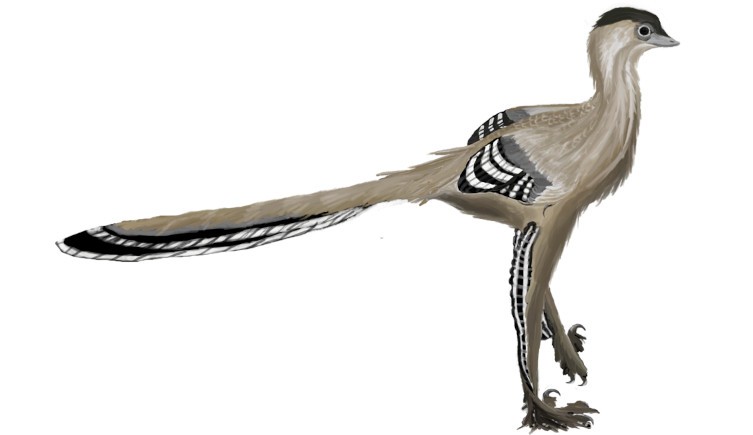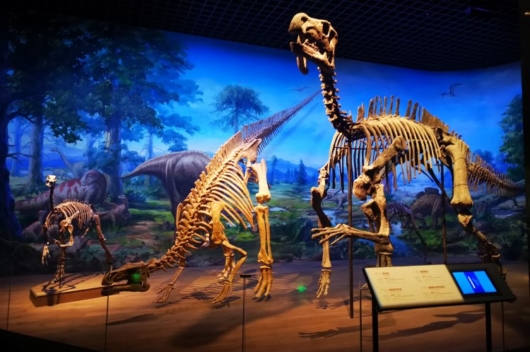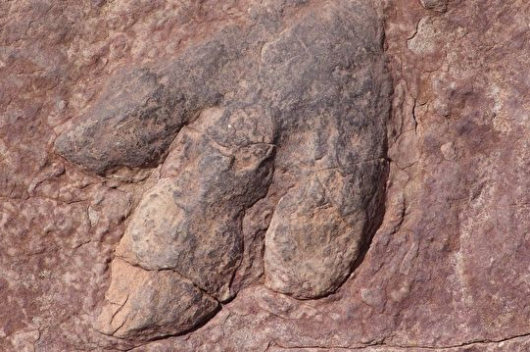Preserved in a resting pose for more than 70 million years, a new species of dinosaur has finally been brought to light.
Named Jaculinykus yaruui, or the ‘speedy clawed dragon’, the small, possibly feathered, dinosaur was well adapted to dashing around what is now Mongolia. With hands dominated by a large thumb, it could have dug into insect colonies in the search for food. Sometime during the Late Cretaceous, however, the luck of one particular Jaculinykus ran out. Settling down to sleep in a pose similar to modern birds, it was rapidly buried under sand. This preserved it for millions of years until it was discovered by palaeontologists in 2016.
The new species was found in Mongolia’s Gobi Desert, which is one of the richest sources of dinosaur fossils in the world. The first recognised dinosaur eggs were discovered here a century ago, while many famous species such as Oviraptor, Protoceratops and Velociraptor have also been unearthed in the region.
Professor Paul Barrett, a dinosaur expert from the Natural History Museum, says, ‘Mongolia is rich in Late Cretaceous rocks which provide a really detailed view of the end of the dinosaur era. Fossils of dinosaurs, mammals, lizards and other animals are well-preserved, and the bones look almost modern when they come out of the ochre-coloured rocks.’
Among the many dinosaurs to be discovered in the region are the alvarezsaurids, a group of dinosaurs with many similarities to birds. These include characteristics such as a light skull, small body size and a structure known as a keeled sternum, which allows large arm muscles to attach.
The similarities are so pronounced that when they were first discovered, some scientists believed these dinosaurs might be the direct ancestors of some living birds. More recent research has instead revealed that they are relatives who adapted to similar challenges in a process known as convergent evolution.
Though they’re not directly related to birds, the alvarezsaurids continue to fascinate due to their unusual characteristics – most peculiarly of all, their hands. ‘Like all meat-eating dinosaurs, or theropods, the earliest alvarezsaurids had three-fingered hands,’ Paul explains. ‘Over time, however, the outer fingers get smaller, and eventually disappear altogether. Meanwhile, their thumbs develop a big claw and get much larger, while their arms become shorter but stronger. It’s thought they might be anteaters, and they also have flexible skulls which might have helped them to eat larger, struggling insects.’
Jaculinykus is midway through this process, still having one small finger alongside its large digging thumb. This helps to fill a gap in the evolution of these dinosaurs, which tend to be found with either one or three digits.

 3,575.44
3,575.44












Related News